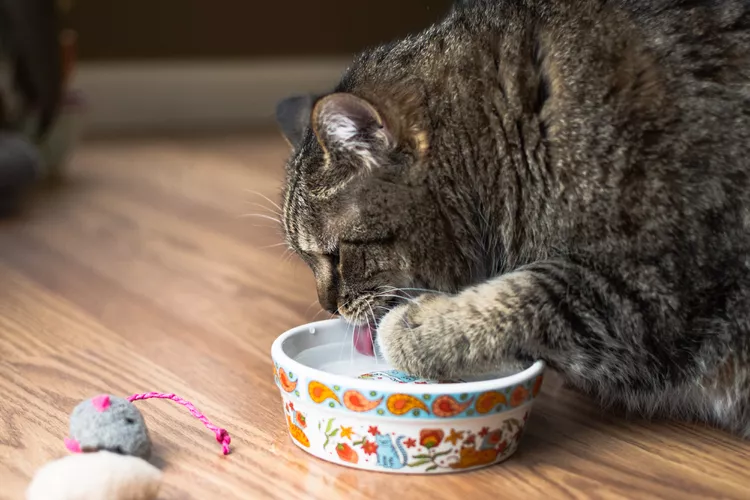
Cats and kittens have a reputation for hating water. Most cats avoid getting wet if at all possible, but some love to play with their water bowls or seek out additional sources of water in their environment. The question is whether they do so because they are curious about water or whether they have an underlying health problem making them drink excessive amounts. If you find your kitten or cat splashing in the water bowl rather than drinking, a health issue may be affecting the cat's innate need for hydration.
As a general rule, kittens are playful and have a natural impulse to manipulate things with their paws. This could be why they might play with, or in, water. Cats groom themselves by licking their fur, so it's unlikely they are using their water bowls for a bathtub. Kittens who play with water are most likely doing so as a way to learn about their environment.
Some cats do like water. Certain breeds, like Maine coons, tend to be more tolerable of water, and if a young kitten is exposed to a lot of water play or baths, they might tolerate bathing and water into their adult years. Finally, some cats just truly prefer freshwater and don't like to drink stagnant water in their bowls. They may be playing with the water to recreate the rippling effect of freshwater.
Before you start to work on behavioral issues, take your cat to the vet to ensure there isn't a medical reason for their interest in water. Diabetes, kidney failure, and thyroid issues can make cats thirsty. They may drink from their water bowls more frequently and create a mess by splashing or pawing at the water if they're not feeling well. They may also seek other sources of water like a faucet or toilet.
Most cats with a health problem show other signs of illness, such as lethargy, confusion, or a change in appetite. It's unusual for a young kitten to have one of these conditions but not impossible, so if you observe your kitten drinking excessive amounts of water or spending a lot of time focused on the water bowl, make sure you contact your veterinarian.
Anxiety or stress sometimes prompts strange behaviors in cats. A cat may put their paws into the water bowl or try to climb in. Separation anxiety often motivates cats to seek attention from owners by exhibiting abnormal behaviors. Sometimes this manifests as litter box issues, such as urine spraying or defecating in an inappropriate area. For some cats, separation anxiety may lead them to splash in the water dish, push it aside, or try to overturn it to get your attention. Obsessive-compulsive disorders can become worse with stress as well. Kittens are rarely affected by these types of long-term behavioral patterns.
Sometimes a kitten playing in the water is just a kitten acting their age. Some young felines love patting around in the water, while others simply can't stand the stuff. Kittens are inclined to grow out of behaviors like splashing in the water, so patience may be the best solution if your young cat is using their water bowl as a toy.
Kitten object play is most active through the 5-month age before declining, so if the behavior doesn't begin to wane by the time the kitten starts reaching maturity, it may be helpful to redirect their focus to a better outlet for play by offering another toy to play with.
If a cat is drinking excess water or spilling water because of a health issue, your vet will help determine the underlying cause and offer treatment options. Your cat may need prescription medication for the condition. Treating the health issue should resolve unwanted water bowl behavior.
Managing stressful situations can be tricky. If you cannot pinpoint the exact problem, a board-certified veterinary behaviorist can help identify it and work with you to help correct the issue. In the meantime, try some tricks that are focused solely on the water bowl:
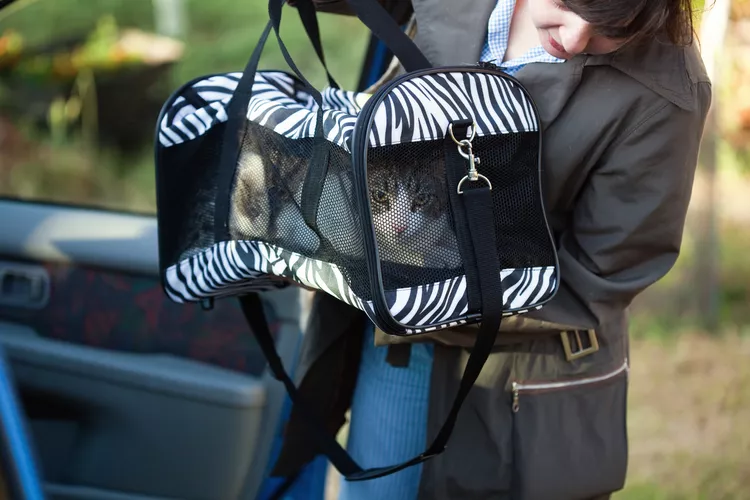
How to Take a Car Trip With Your Cat
Think you can't travel with your cat? Think again! Traveling with your cat just takes a little preparation and planning. Here's how.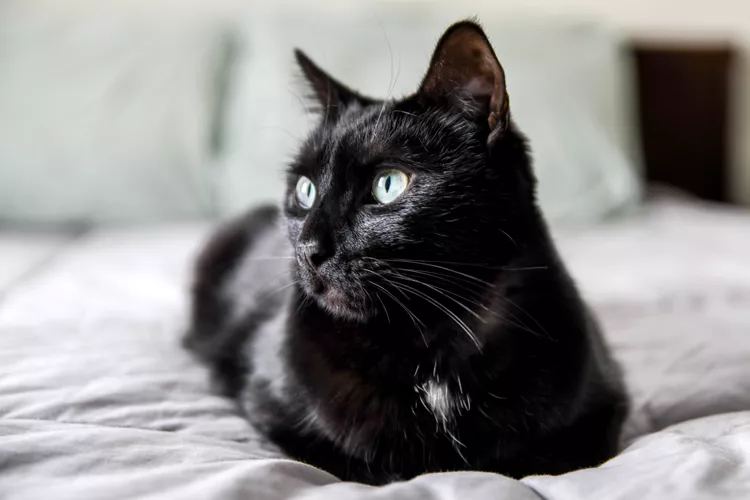
How to Determine Your Cat's Age
Determining the age of an adopted cat is just guesswork, but a vet can look at teeth, sexual maturity, fur coat, and eyes to estimate.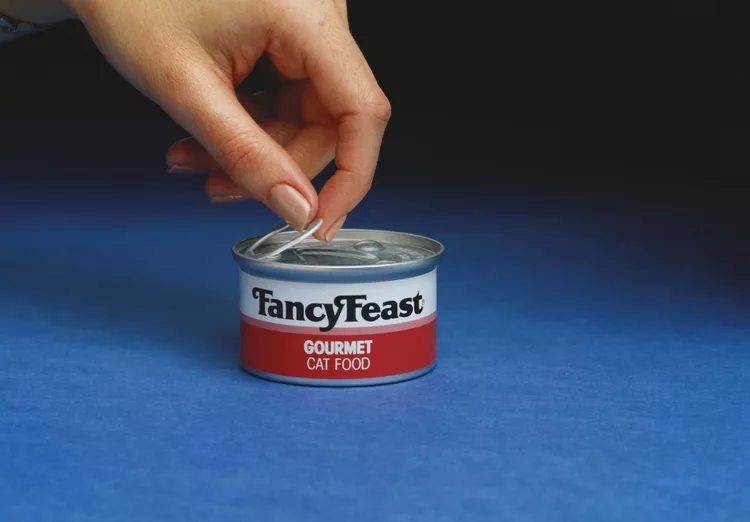
Cat Food Ingredients to Avoid
When checking the nutrition content of cat food, look for ingredients that are not healthy or show it is of poor quality. Avoid these 3 ingredients.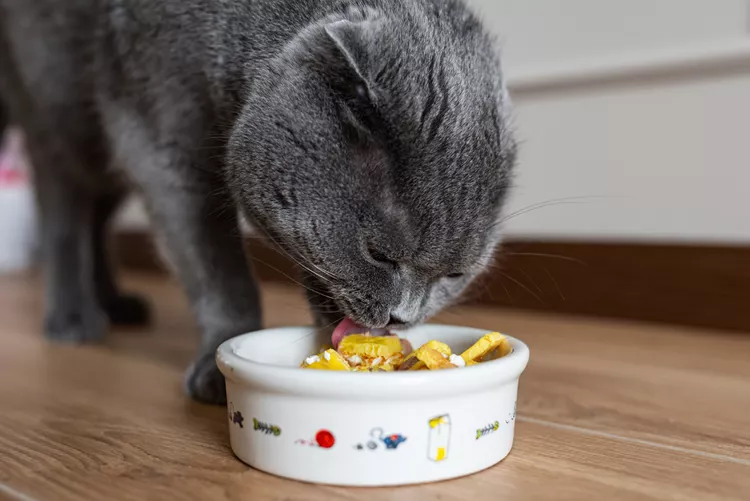
What You Need to Know About Homemade Cat Food
If you want to cook for your cat, make sure to read about the risks associated with homemade diets for cats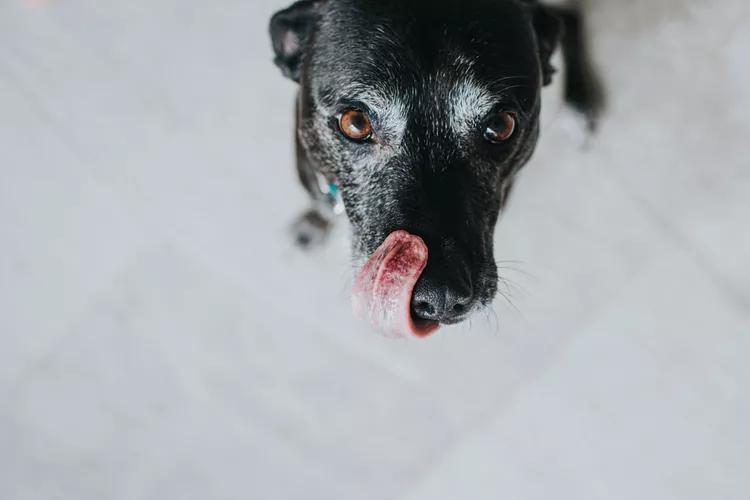
Can Dogs Eat Raw Chicken Feet?
What are the potential health benefits of chicken feet for dogs? What are the risks?
Macadamia Nuts and other Nuts That Are Toxic to Dogs
Find out why macadamia and other nuts are poisonous to dogs, what signs to look for, and what is needed to treat the toxicity.
10 Tips for Taking Care of a Senior Dog
Is your dog a senior? Changes to their diet, exercise, and care are required. Here's how to make sure they're living their best and healthiest life.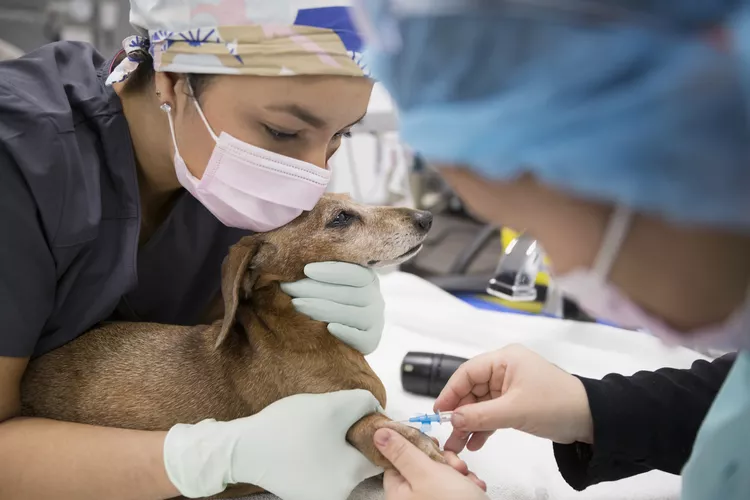
Hookworms in Dogs
Hookworms can make a dog uncomfortable but may also lead to serious blood loss and anemia. Learn the causes, treatment, and prevention.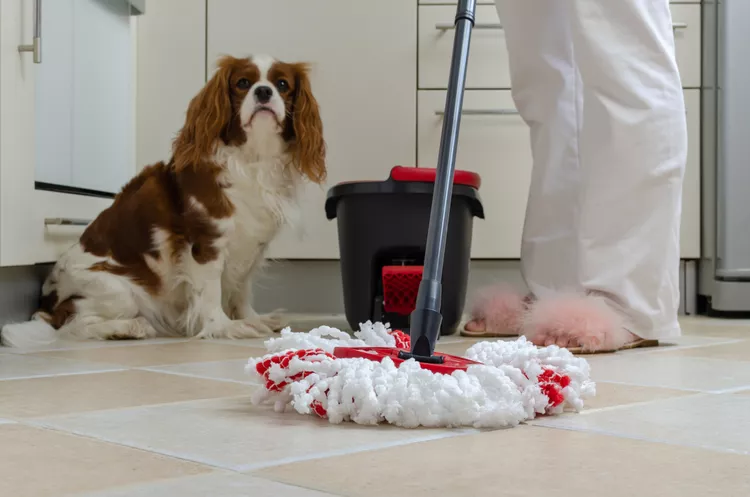
Is Swiffer WetJet Safe to Use Around My Pet?
ASPCA toxicologists deemed Swiffer WetJet to be safe for use around pets, but there are other all-natural floor cleaning options available.
Can Dogs Eat Bread?
Is bread a safe snack for you dog? Are there kinds of bread you should avoid? Learn more about whether it's okay to feed your dog bread.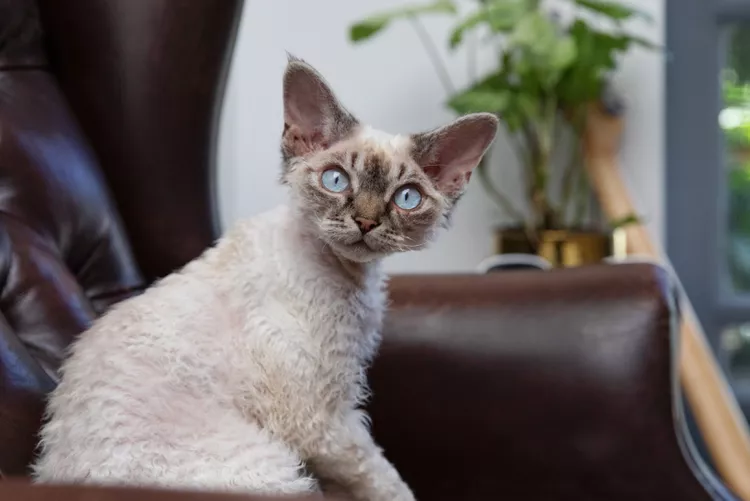
14 Hypoallergenic Cat Breeds for People With Allergies
There are no true hypoallergenic cat breeds. But some, such as the Siamese and Siberian, might be less likely to cause allergies than others.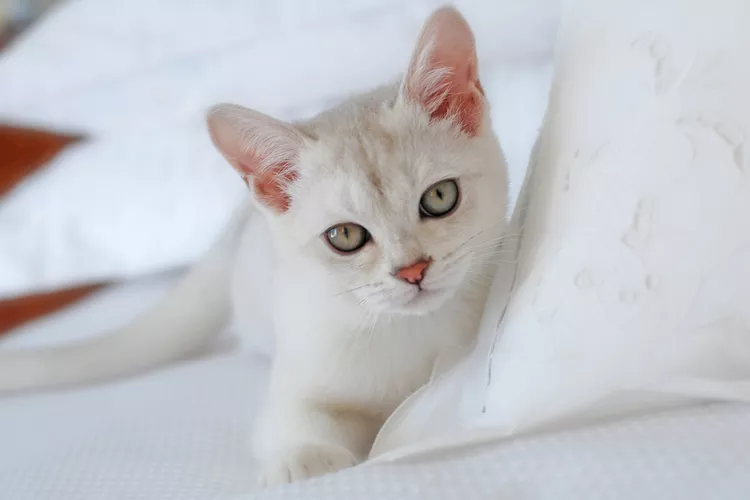
Burmilla: Cat Breed Profile, Characteristics & Care
The playful and social burmilla is one of the newest cat breeds to be officially recognized by the CFA. Learn about burmilla breed.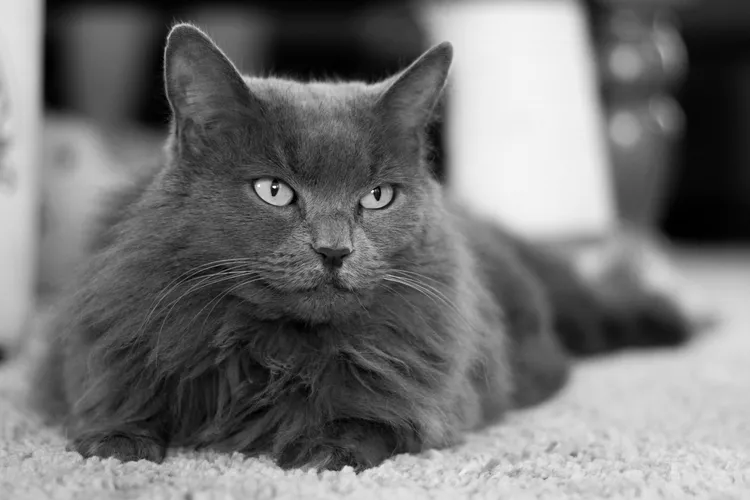
Nebelung: Cat Breed Profile, Characteristics & Care
The Nebelung is a rare breed of domestic cat that’s known for their long gray-blue fur and gorgeous green eyes. Learn about the Nebelung cat breed.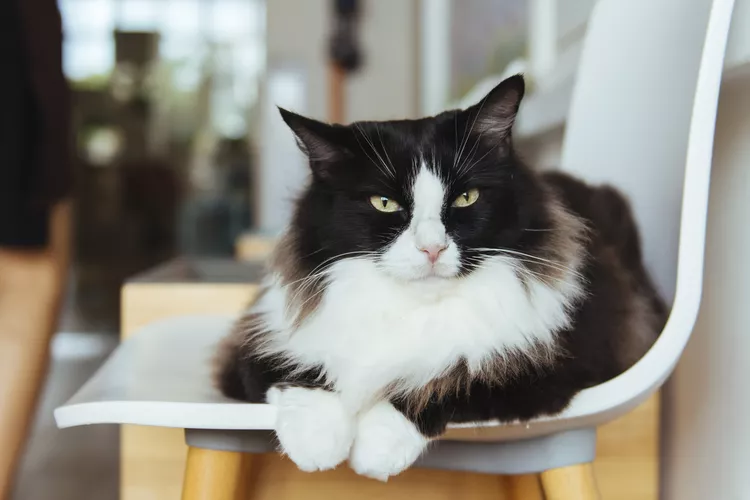
Cymric: Cat Breed Profile, Characteristics & Care
The Cymric, a long-haired Manx, is one of the world's oldest cat breeds. This tailless cat is friendly and playful. Learn about the Cymric breed.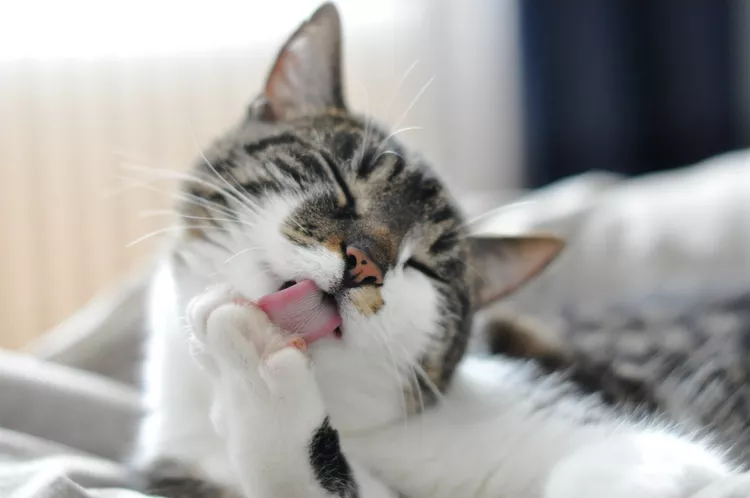
Here's Why Cats Groom Themselves
Learn all about cats' grooming habits: how and why cats groom, including mutual grooming, over-grooming, and displacement grooming!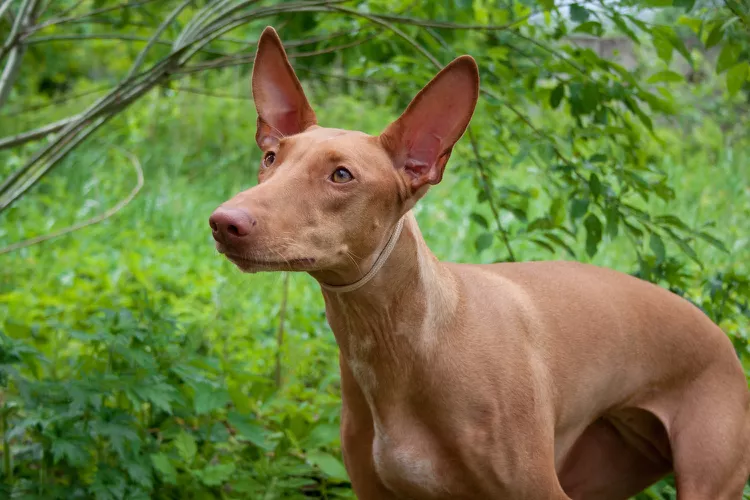
Pharaoh Hound: Dog Breed Characteristics & Care
Learn all about the Pharaoh hound, a sight hound dog breed known for their slim appearance and the ability to blush when excited.
How to Walk Your Dog
Dog walks should be fun for your dog while respecting your community. Learn why walking your dog is important and get essential safety and training tips.
How to Stop Your Dog From Whining
Whining is a natural way for your dog to communicate with you. Explore the reasons dogs whine and how to discourage your dog from whining too much.
How to Stop Your Dog From Barking Excessively
All dogs bark, but excessive barking is a behavior problem. Learn how to help stop excessive barking and prevent it from happening all the time.
How to Train Your Dog to Live With Another Dog
When you add a second dog to your household, it's natural that there will be an adjustment period. Learn how to get two dogs to become acquainted.